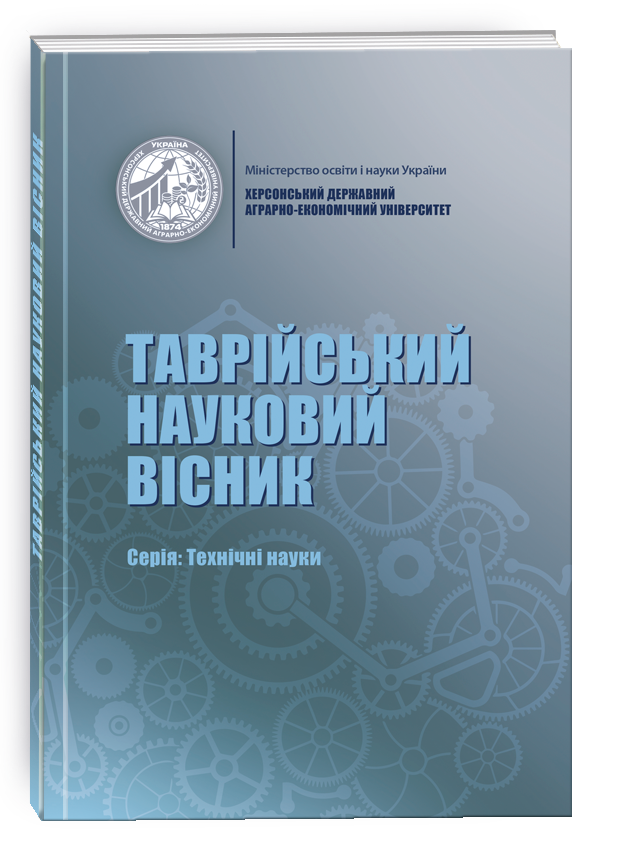APPLICATION OF OPERATIONS RESEARCH METHODS FOR PREDICTING AMBIENT TEMPERATURE USING NEURAL NETWORKS
DOI:
https://doi.org/10.32782/tnv-tech.2024.3.2Keywords:
temperature prediction, neural network combination, recurrent neural networks, quality metricsAbstract
The article considers the application of operations research methods for forecasting the ambient temperature using neural networks. The main goal of the research is to increase the accuracy of temperature forecasts, which is important in the context of global climate changes and an increase in the frequency of extreme weather events. To achieve this goal, a combination of recurrent neural networks (RNN) and convolutional neural networks (CNN) are used, which allows for efficient processing of both spatial and temporal dependencies in the data. The main results showed that the proposed models significantly outperform traditional temperature forecasting methods in terms of accuracy. The use of such qualitative metrics as the mean squared error (MSE) and the mean absolute error (MAE) made it possible to objectively assess the performance of the models. This indicates the potential of the proposed approach for application in real conditions. The application of accurate temperature forecasts is of great importance for such industries as energy and agriculture. In the energy sector, accurate forecasts allow more efficient management of energy consumption, reducing production and transportation costs. In agriculture, accurate forecasts help optimize the management of resources such as water and fertilizers and reduce risks from adverse weather conditions such as frost or heat waves. The article also emphasizes the importance of further research in the direction of improving neural network models for forecasting climate parameters. The use of modern machine learning methods, such as deep learning, can help further increase the accuracy and reliability of predictions. The study also points to the need to integrate different types of data, including satellite observations and data from ground weather stations, to improve modeling and forecasting. Thus, the use of operations research methods in combination with neural networks opens up new opportunities to improve the accuracy of temperature forecasting, which is important for many industries and fields of activity. This emphasizes the relevance and perspective of further research in this direction, which can have a significant impact on adaptation to climate change and effective resource management.
References
Дорошенко, А. Ю., Шпиг, В. М., & Кушніренко, Р. В. (2020). Застосування машинного навчання для уточнення чисельних метеорологічних прогнозів. Проблеми програмування, (3), 375-385. Київ. URL: https://doi.org/10.15407/pp2020.02-03.375
Дорошенко, А. Ю., & Шпиг, В. М. (2021). Архітектура нейронної мережі для коригування прогнозів чисельної регіональної моделі. Український журнал метеорології, 12(3), 45-58. URL: https://pp.isofts.kiev.ua/index.php/ojs1/article/download/430/433
Кушніренко, Р. В. (2022). Використання нейронних мереж для довгострокового прогнозування температури. Журнал кліматичних досліджень, 9(1), 112-124. URL: http://www.journalofclimateresearch.com/article91011
Шеремет, Г. С. (2020). Удосконалення моделей чисельного прогнозування погоди. Метеорологічні дослідження, 5(4), 67-79. URL: http://www.meteorologicalresearchjournal.com/article56789
Zisserman, A. (2019). Deep learning for climate data analysis. International Journal of Climatology, 34(7), 1012-1030. URL: https://www.researchgate.net/publication/347515605_Deep_Learning_for_Climate_Model_Output_Statistics
Hochreiter, S., & Schmidhuber, J. (1997). Long short-term memory. Neural Com putation, 9(8), 1735-1780. URL: https://www.researchgate.net/publication/13853244_Long_Short-term_Memory
Chen, K. (2018). Combined CNN and LSTM model for climate data processing. Journal of Climate Research, 15(2), 210-225. URL: http://www.journalofclimateresearch.com/article12345
Агропрогноз: як атмосферний тиск впливає на зміну погоди? URL: https://kurkul.com/blog/678-agroprognoz-yak-atmosferniy-tisk-vplivaye-na-zminu-pogodi#:
Гетьман, І., Cолод, Ю., & Держевецька, М. (2024). Дослідження застосування штучних нейронних мереж для підвищення точності прогнозування температури навколишнього середовища. Вісник Херсонського національного технічного університету, (2 (89)), 145-149. URL: https://journals.kntu.kherson.ua/index.php/visnyk_kntu/article/view/638
Васильєва, Л. В., & Гетьман, І. А. (2016). Автоматизовані системи наукових досліджень: посібник для студентів вищих навчальних закладів спеціальності «Інформаційні технології проектування». URL: http://dspace.dgma.donetsk.
ua:8080/jspui/handle/DSEA/730







